The Forest Elephants of the Central African Republic
Forest elephants (Loxodanta cyclotis) inhabit the dense, humid forests of west and central Africa
The Dzanga Sangha Protected Areas Complex (DSPA) in the Central African Republic is home to the famous Dzanga Bai. This forest clearing, created by elephants, is a prime destination for these ecosystem engineers and other wildlife in search of water, food and rich mineral soils. Similar clearings can be found across the Congo Basin, all created and maintained by generations of forest elephants as they move across the landscape.
Forest elephants (Loxodanta cyclotis) inhabit the dense, humid forests of west and central Africa. In addition to the Central African Republic, forest elephants are found in other countries with dense forests including Gabon, the Democratic Republic of Congo (DRC), Cameroon, Equatorial Guinea, Côte d’Ivoire, Liberia, and Nigeria among others.

The difference between forest elephants
and savanna elephants
Forest elephants are morphologically different from savanna elephants (Loxodanta africana), the other species that inhabit much of the African continent (including the larger desert-adapted elephants of Mali). The ears of the forest elephant are oval-shaped, and their tusks are straight and point downward, unlike the tusks of savanna elephants which curve outwards.
The forest elephant is smaller in size than
its savanna counterpart
For example, male forest elephants (known as bulls) can reach 2.4m (7’ 10”) at shoulder height, while male savanna elephants can reach 3.96m (12’ 11”) at shoulder height. For reference, one of the tallest humans ever recorded reached 2.72m (8’ 11”)! The smaller size of the forest elephant facilitates movement underneath the forest canopy.

Forest Elephants
Are Critically Endangered
Across its range, forest elephants are threatened by expanding illegal wildlife economies that target the species for their ivory. They are at risk from forest loss as industrial agricultural plantations for items like oil palm grow to meet the demands of the global market. In early 2021, the International Union for the Conservation of Nature (IUCN) officially recognized the forest elephant and savanna elephant as two distinct species. At the same time, the forest elephant’s status was elevated to Critically Endangered by the IUCN. This is the highest classification category for a species and means it is at high risk for extinction.
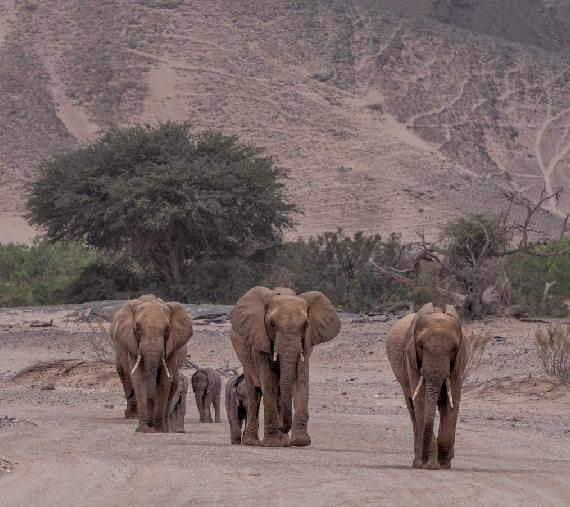
The loss of forest elephants will have cascading consequences
The loss of forest elephants will have cascading consequences for forests and global ecosystems. Forest elephants are herbivores, eating up to 100kg of grasses, fruits, and seeds per day! As they move through the forest, they open pathways and disperse seeds in their dung, ensuring that the forest is in continual process of regeneration!
We can all help by educating ourselves about the products we use that contribute to loss of forests that elephants and local populations need to survive.
While estimates vary, the number of African forest elephants has declined by more than 86% over a period of 31 years according to the assessments by the IUCN.
Chengeta’s Operations
in the Central African Republic
Chengeta has been operating in DSPA in Central African Republic since 2018 in partnership with the Management Unit of DSPA.
Here we work directly with communities to protect wildlife, including the forest elephant. Our Community Program is key to empowering and motivating local communities to protect the forest elephants in the Dzanga Sangha Protected Areas.
Championing communities to protect wildlife in such a biodiverse region is a key focus of Chengeta’s ongoing work in the Congo basin. Read more about our communities blueprint for conservation here.
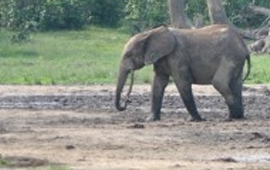

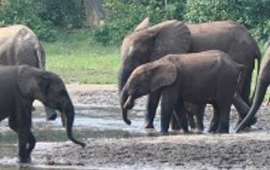
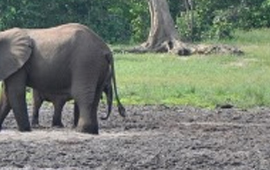
Our Projects
Chengeta Wildlife is a wildlife protection charity delivering lasting anti-poaching solutions in the most challenging environments.
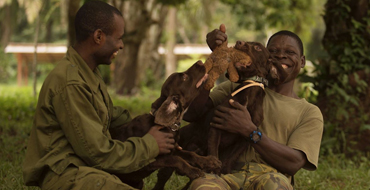
CENTRAL AFRICAN REPUBLIC PROTECTED AREAS
Chengeta Wildlife has signed a partnership agreement with WWF Central African Republic to provide training, mentoring & other assistance to rangers in Dzanga-Sangha in the south west of the country.
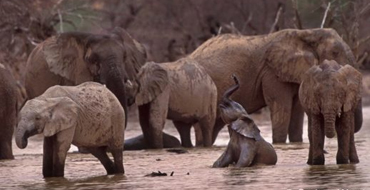
Mali
Elephants
Chengeta Wildlife has signed a partnership agreement with the WILD Foundation (Mali Elephant Project) to provide training, mentoring and other assistance to rangers in the Gourma area.
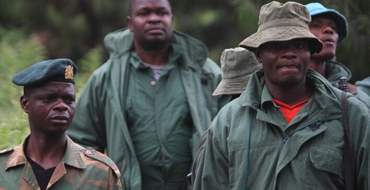
MALAWI
NATIONAL TRAINING
The country of Malawi ‘The Warm Heart of Africa' is in the middle of the elephant’s natural range. Malawi is blessed with a rich diversity of flora & fauna & has no less than 9 National Parks or Wildlife Reserves.
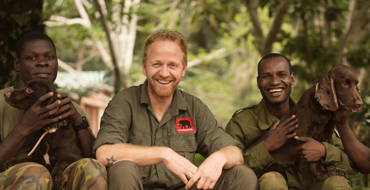
Detection
Dogs
Chengeta Wildlife’s training program also combats wildlife trafficking & poaching deploying detection dogs. Our dogs can detect wildlife contraband like ivory & pangolin scales but also weapons & detonation devices.
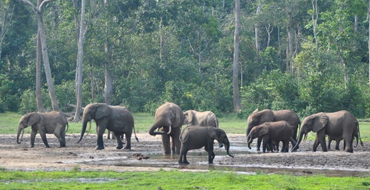
FOREST
ELEPHANTS
Across its range, forest elephants are threatened by expanding illegal wildlife economies that target the species for their ivory. They are at risk from forest loss due to industrial agricultural plantation.
HOW YOU CAN HELP
Get involved with Chengeta Wildlife by supporting our work with a donation or creating your own fundraiser or volunteering your skills.

